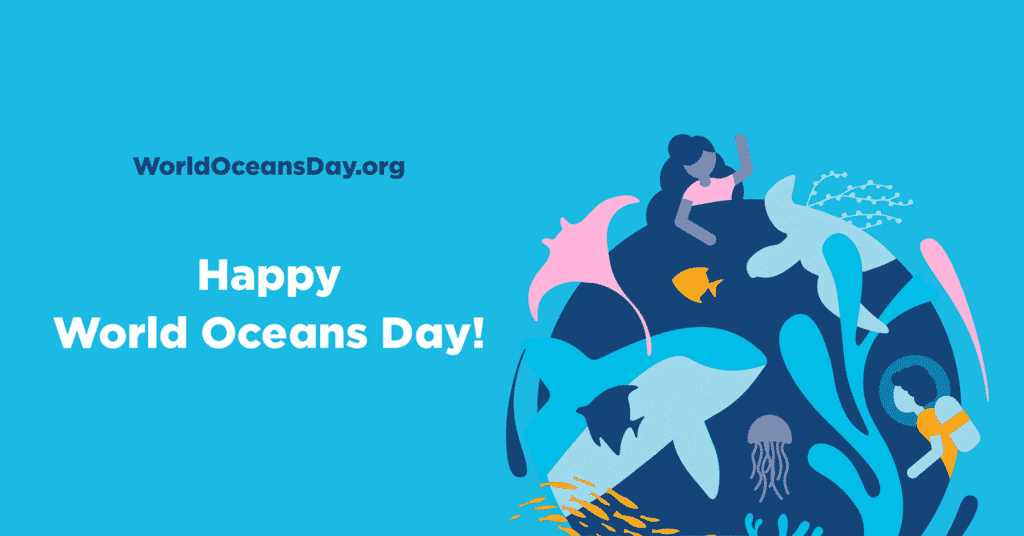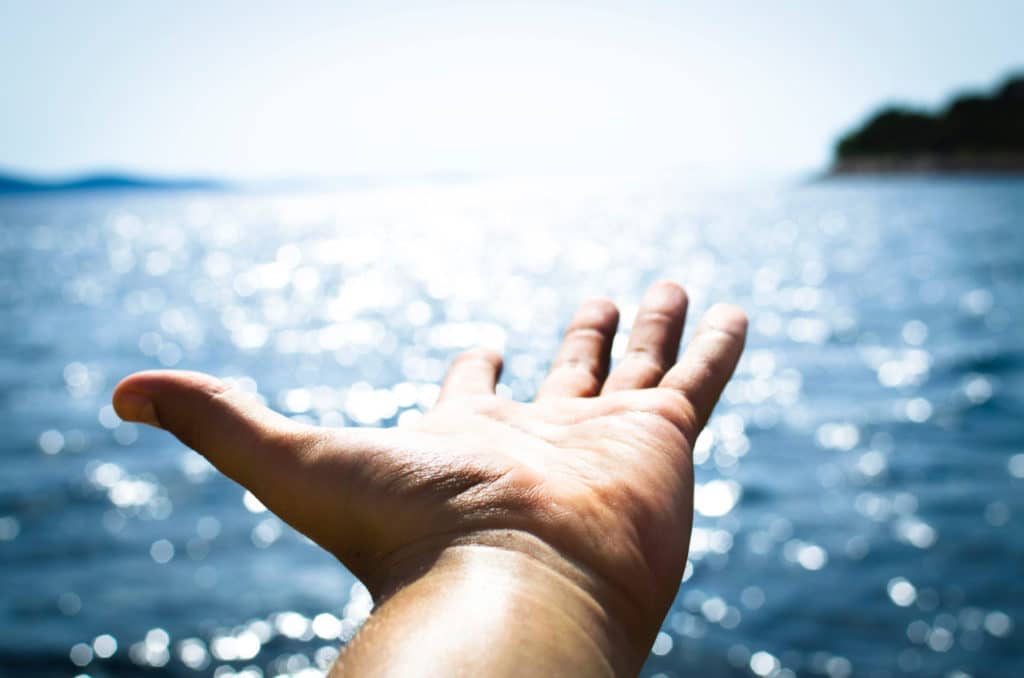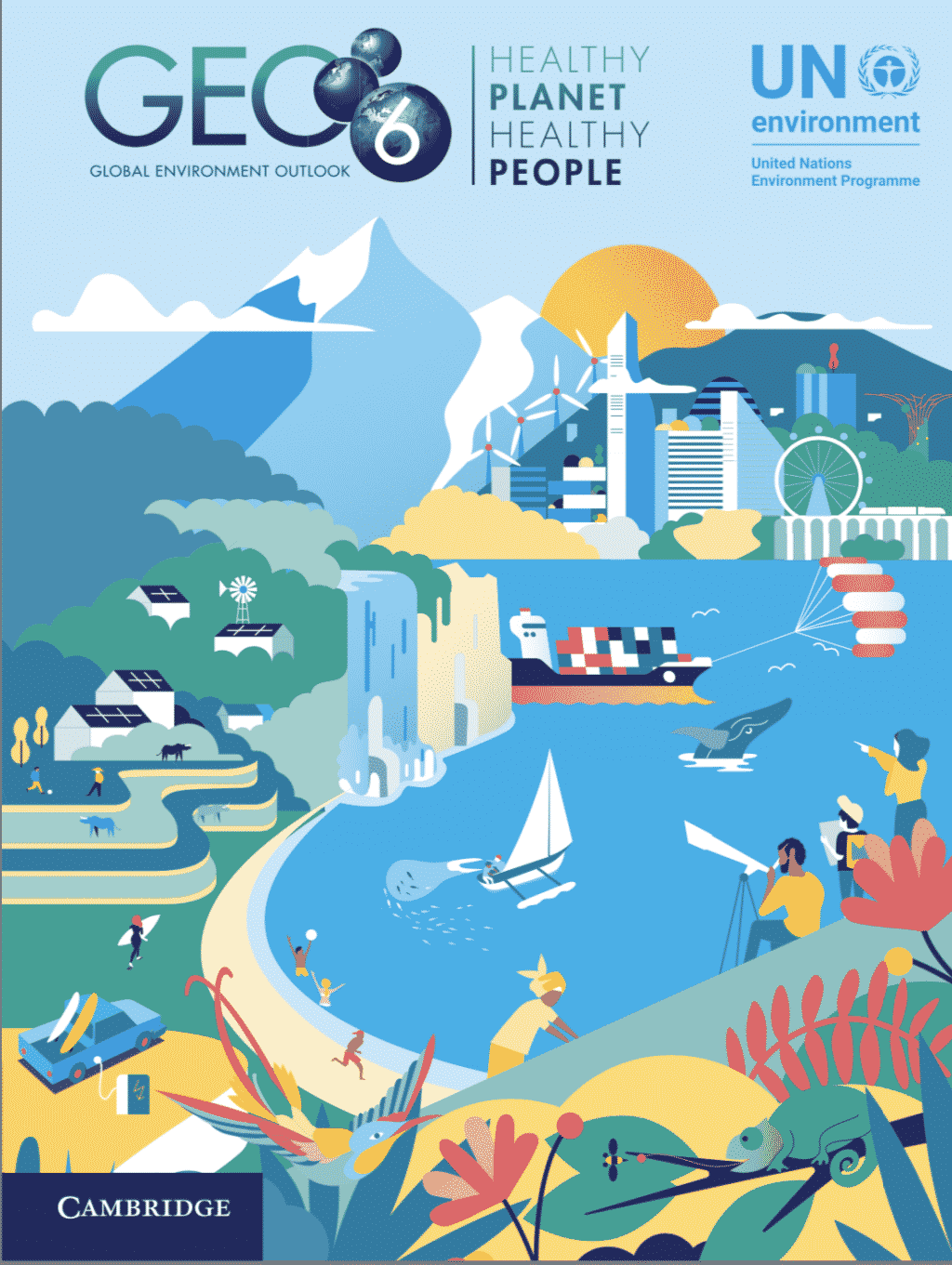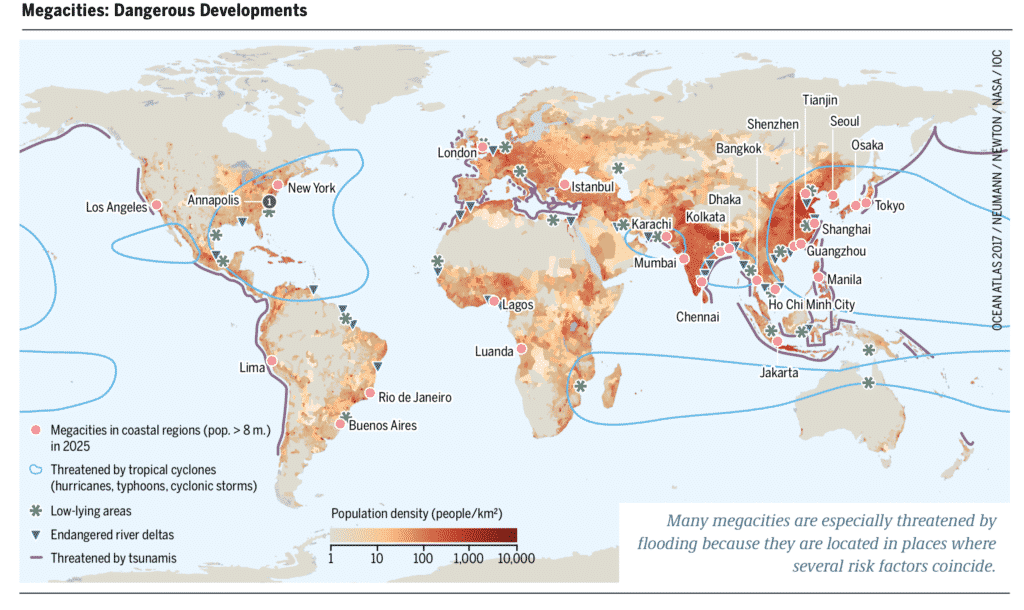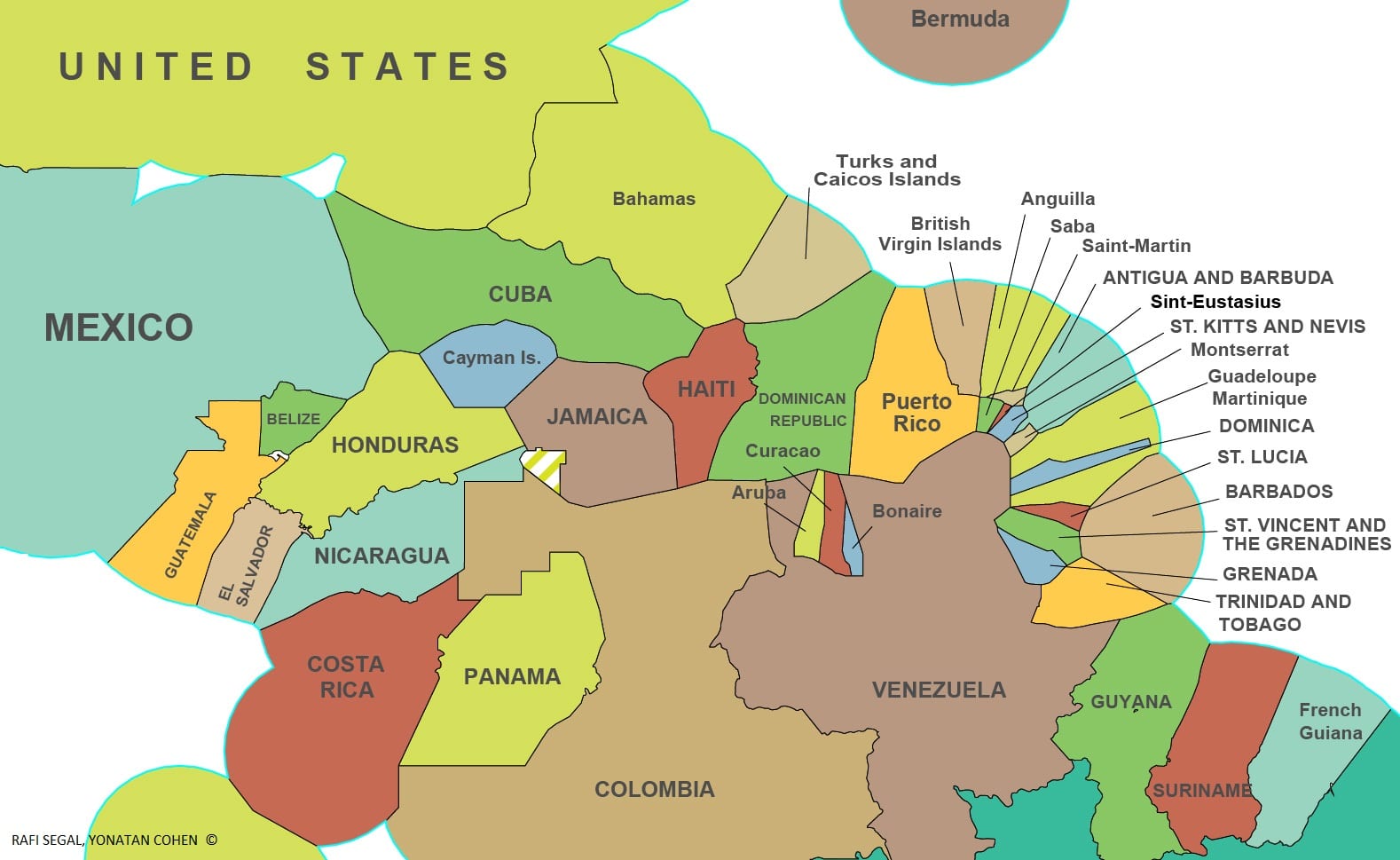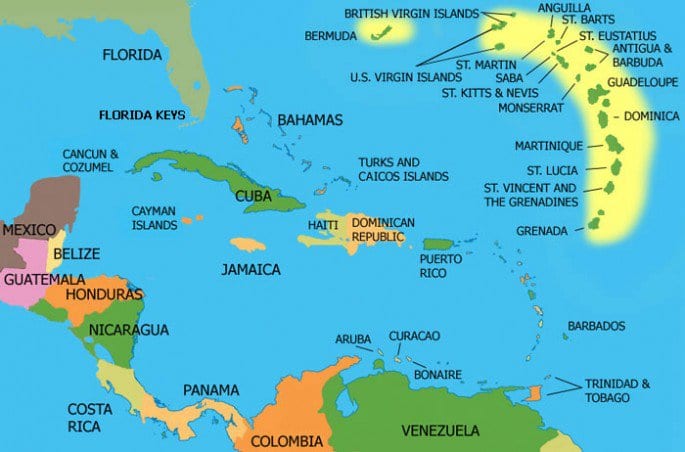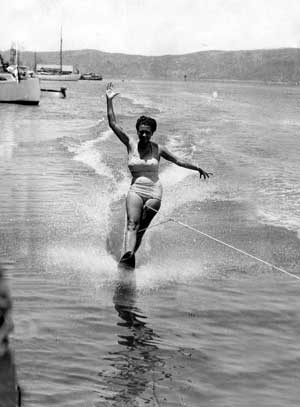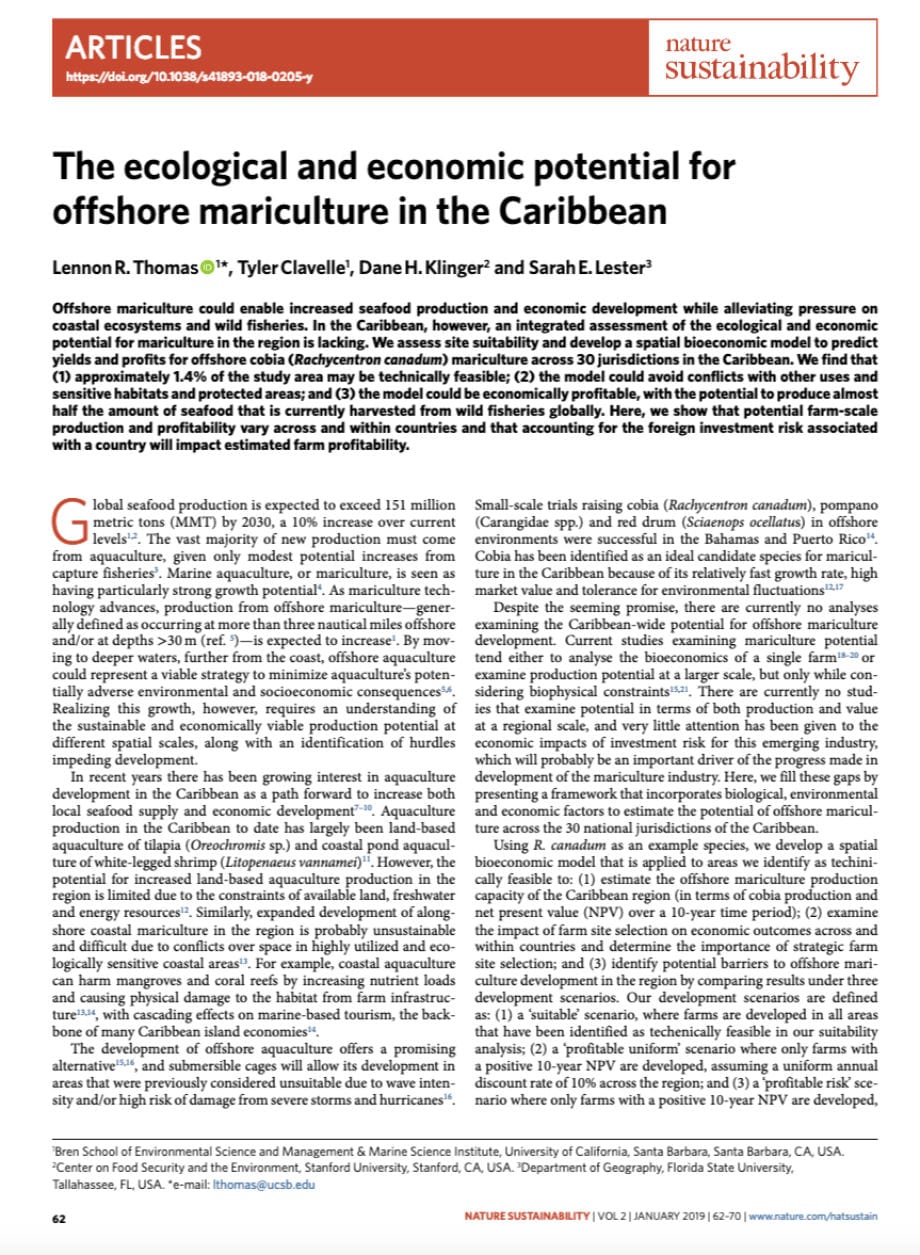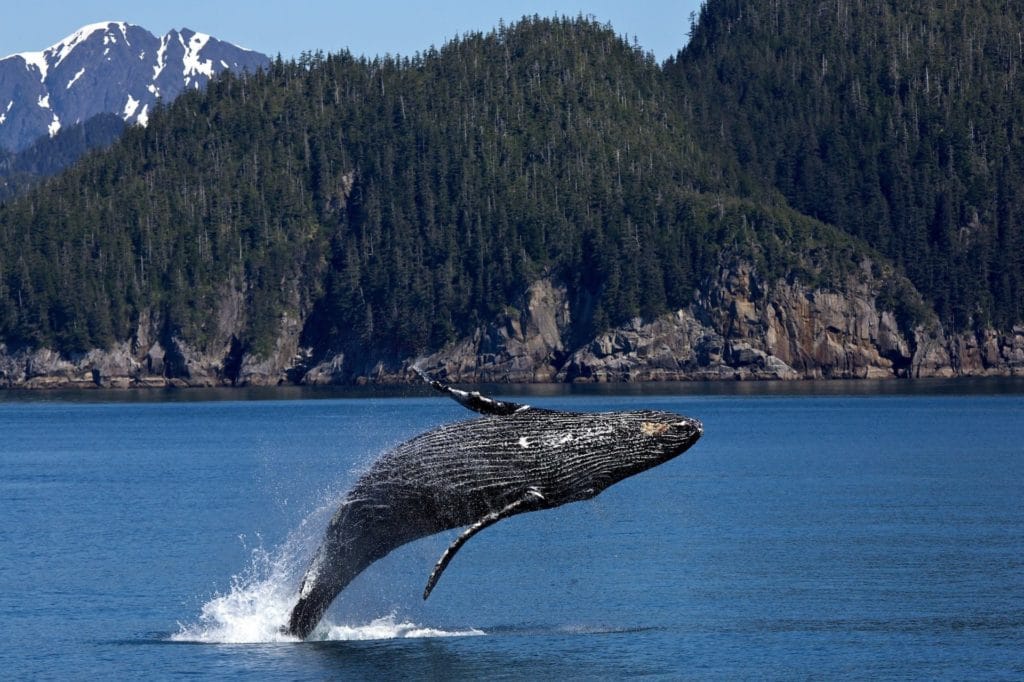The World Ocean Day – Blue Economy and Jamaica
Today – as it is done every year on 8 June since 2009 – we will celebrate the World Ocean’s Day. By its resolution 63/111 of 5 December 2008, the UN General Assembly designated 8 June as World Oceans Day. I love this day, because it is a way to celebrate our world’s shared ocean and our personal connection to the sea, as well as to raise awareness about the pivotal role the ocean plays in our lives and the important ways people can help protect it.
The day was created – even before it was cool to talk about the Sustainable Development Goals (SDG) or the Blue Economy.
The first idea came up during the Rio conference in 1992. It took the international community 16 years to establish this day. Nevertheless, I see it as a milestone in creating awareness about the importance of the ocean.
Problems and the Challenges
If you enter “World Ocean Day” in the search engine it is very probable that the first result page will give you a dramatic overview about all the problems and the challenges which our ocean is facing today: Overfishing, Pollution, Coral Reef Bleaching, Plastic litter, Eutrophication, Destruction of coastal ecosystems, Sea level rise because of Climate Change. And yes, all of this is true.
Last week alone, I saw two new major studies which are exemplifying how threatening the situation is for our ocean.
The United Nations published a new report – Global Environmental Outlook – GEO-6 HEALTHY PLANET, HEALTHY PEOPLE – which provides details about the environmental status of the earth. The report is 745 pages in length and is an overwhelming testimonial about the problems we and coming generations will have to face. The chapter about the ocean mentions three top priorities which I see are also main challenges for our island: 1. Reef bleaching 2. Overfishing and 3. Marine litter.
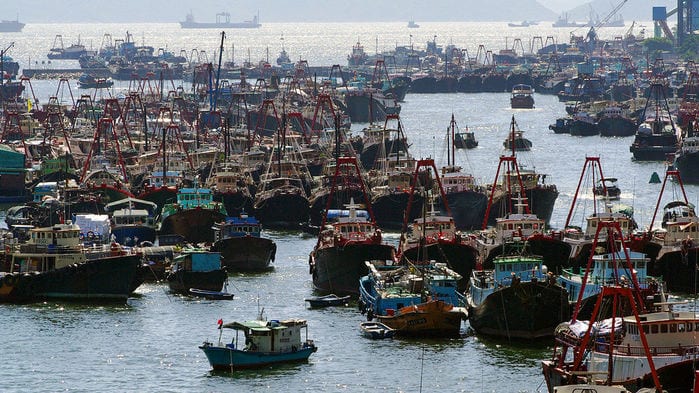
How not to get cynical facing of these studies? How can we be engaged in the midst of all the other studies, most of them negative, showing clear evidence of the dramatic situation?
I don’t think the appropriate response to all the challenges is surrender.
I think we have to do everything possible instead than of giving up before the fight has been lost.
Only if we protect the oceans can we help to achieve the Sustainable Development Goals.
We can no longer say we don’t know.
Now we must engage, now we must act.
It is “time for a new contract between humanity and the sea that protects the ocean and optimizes its value to humankind”. That is the official position of the High Level Panel for a Sustainable Ocean Economy: Prime Minister of Jamaica, Andrew Holness is member of that important group.
I’d welcome the World Ocean’s Day and the opportunity to draw the attention to the creation of value by balancing the economic production and the Ocean protection.
Facts about the importance of the Oceans
Here – first of all – some basic facts about the importance of the Oceans
The United Nations Environment Programme (UNEP) estimates that half the world’s population lives within 60 kilometers of the sea.
According to the International Maritime Organization (IMO), the sea facilitates global trade by: up to 70% by value up to 90% by volume.
Three quarters of all large cities are located along the coast. Twenty of the 30 megacities are located on coasts, and these megacities are expected to increase in population faster than non-urban areas.
The Food and Agriculture Organization (FAO) estimates that Blue Economy industries assure the livelihoods of up to 820 million people worldwide.
Our oceans contain 1.3 billion cubic kilometers of water, which is 97% of the world’s water.
The World Bank estimates that oceans absorb about 27% of the extra carbon dioxide added to the atmosphere by burning fossil fuels. A new report, published in Science, some weeks ago, states that the ocean took up to 31 percent of all anthropogenic CO2 emitted during that time (34 gigatonnes) between 1994 and 2007.
The world’s oceans – their temperature, chemistry, currents and life – drive our global systems that make the Earth habitable for us. Our rainwater, drinking water, weather, climate, coastlines, much of our food, and even the oxygen in the air we breathe, are all ultimately provided and regulated by the sea.
Sitting at my desk writing this essay I have to breathe. To breathe I need oxygen, a gas which makes up 21 percent of the Earth’s atmosphere. All that oxygen has to come from somewhere. Scientists agree that there’s oxygen from ocean plants in every breath we take. That’s right— scientists believe that phytoplankton and seaweed contribute between 50 to 85 percent of the oxygen in Earth’s atmosphere.
The future is blue!!
Careful management of this essential global resource is a key feature of a sustainable future. That is what we call Blue Economy today. It is an emerging concept which relates to protecting, conserving and using sustainably marine resources. Healthy oceans, coasts, and freshwater ecosystems are critical to economic growth and food production, but they are also fundamental to global efforts to mitigate climate change. Innovative financing, new technologies, capacity building, good governance and investment in the underdeveloped sectors of the Blue Economy can transform current development challenges into opportunities for people and communities in Jamaica.
What more does the Blue Economy have for Jamaica?
Jamaica has an area of 4,411 square miles or 11,424 square kilometers. Jamaica is the third largest of the Caribbean islands and the largest of the English speaking islands. As an archipelagic state, Jamaica has stewardship over marine space 25 times its land space, with an Exclusive Economic Zone (EEZ) over 250,000 square kilometers. More than 100,000 Jamaicans depend directly on the ocean for livelihood and approximately 70% of the population live within 5 km of the coast. The Caribbean’s greatest depth is called the Cayman Trench, between Cuba and Jamaica. It is about 25,216 feet below sea level.
Jamaica is strategically located in the centre of the Caribbean Sea, in close proximity to the Panama Canal and the major ports of North America, South America and the Caribbean. The port of Kingston in Jamaica is located at the intersection of two major intermodal trade routes. These attributes contributed to the success of Jamaica in the transshipment of cargo and cruise shipping.
Jamaica has about 120 rivers, most of which flow to coast from the central mountain ranges.Those on the north side tend to be shorter and swifter than those on the south side.
Jamaica’s coral reefs covers 1.240 square kilometer based on figures provided by NEPA with about 64 hard coral species, 43 soft coral species and 8 black coral species. Reefs are also found on the neighbouring banks of the Pedro Cays, the Morant Cays and the Formigas Banks to the north-east. The health of Jamaica’s reefs has been severely affected by cumulative impacts over recent decades. Hard coral cover declined from 50% in the 1970s to less than 5%.
Under the Caribbean Challenge Initiative, Jamaica has committed to protecting 20 % of its marine habitats by 2020. There is a lot to do, only 7 month are left.
The Blue Economy in Jamaica is well established and strong in the sector of Coastal Tourism, Cruise Ship Tourism, Maritime Transportation, Shipping and Port activities. Where is the potential? In the sector of Fishing, Aquaculture, Mariculture, Marine Biotechnology, Research and Education and Renewable Energy, I can foresee great possibilities.
The fact that the “Blue Economy” is now “mega in”. It is leading countries and companies to look towards the ocean for economic growth and income generation. However, we must never mistake it for a new frontier for endless economic exploitation.
What can we do?
Fisheries
CMU has been continuously contributing to the protection of the nation’s fishering sector through education and training for the promotion of proper management of the marine resources and the business viability of the sector.
Through a joint initiative with the Government of Jamaica, over 250 fisher folk were trained and certified in basic safety at sea to implement measures that will ensure the sustainability of the fisheries industry. The programme forms part of the Ministry of Agriculture and Fisheries’ $18.2 million Enhancement of the Cold Chain Supply and Safety Project. The programme (which had both theoretical and practical components) targeted fisher folk from across the island to participate in the three-day customized training exercises, which covered areas such as navigation skills, the safe use of safety equipment, as well as basic seamanship.
Restoration of Kingston Harbour
Kingston has one of the world’s finest natural harbours. It is the seventh deepest/largest natural harbour in the world.
The Kingston Harbour has in parts deep water, a small tidal range, and minimal currents. A small tidal range means that the water level is fairly consistent. There is little difference between high tide and low tide. Minimal currents mean movement of the water is predictable. This makes it easy for ships to maneuver, load and unload their cargo. The wind is blowing more or less constantly from the East during the day and during the night from the north.
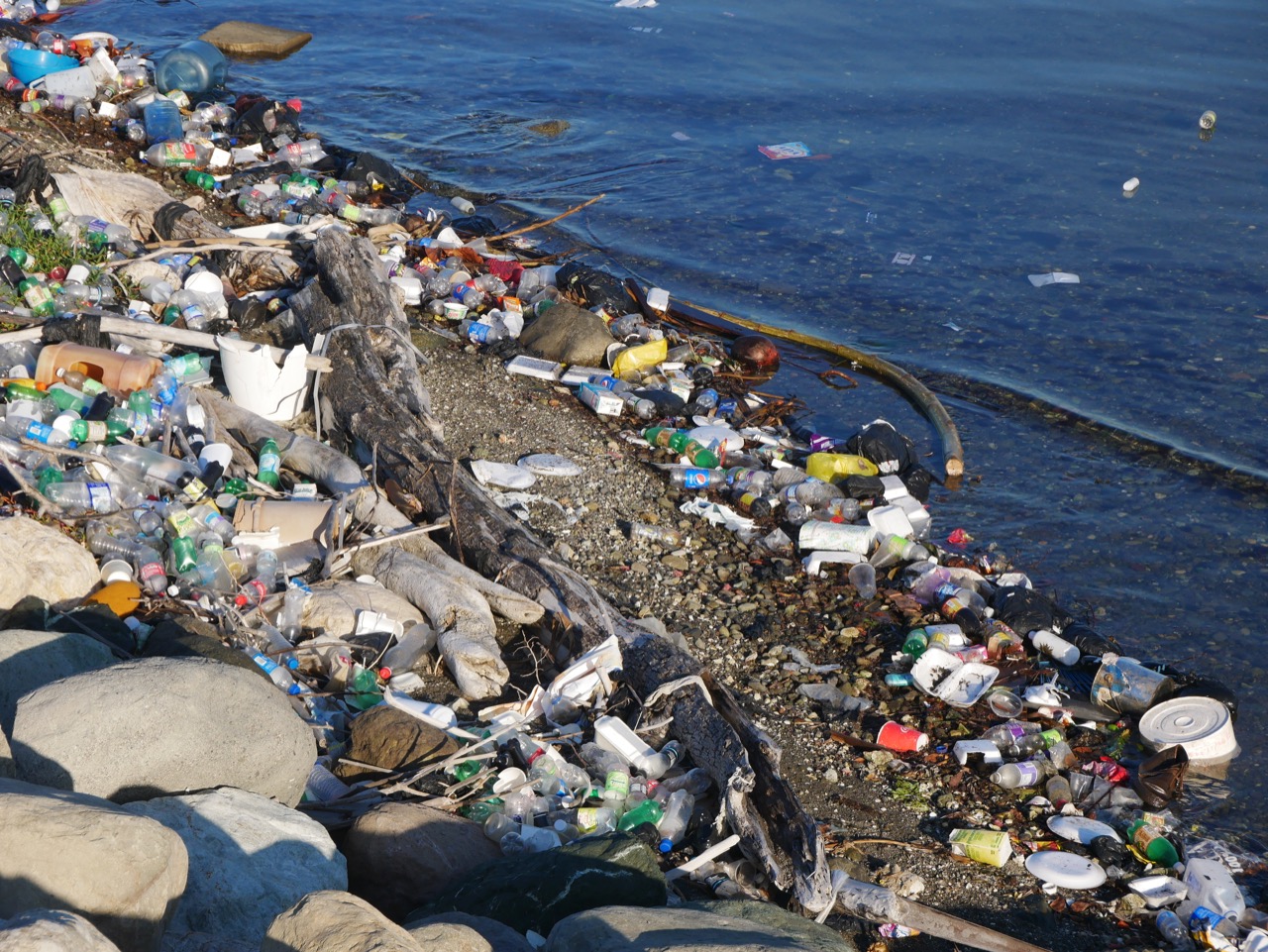
The Caribbean Maritime University and its Centre for Blue Economy and Innovation (CBEI) together with other stakeholders have a huge interest in restoring the Harbour to its former beauty.
Stories have been told of that the harbour once sported important beaches – Sirgany, Gunboat Beach, Port Henderson, Hunt’s Bay, and Jung San. We saw pictures of water skiing in the bay, and we met people who practiced this kind of sport. A marine biologist told us that he used to swim and snorkel the coral reefs in front of the CMU when he was a young boy. Many years ago there was a ‘Cross the Harbour (swimming) Race’ from Bournemouth Bath to Gunboat Beach.
But nowadays the Kingston Harbour is under continuous threat from solid waste pollution for decades. Much of this garbage finds its way into the natural harbour through complex gully and river drainage systems crisscrossing Kingston, St Andrew, and Portmore. Fingers are pointed in all directions, but rarely is anyone held accountable. 19 gullies are leading to the Kingston Harbour Bay. Garbage in the gully is predominantly domestic waste, specifically plastic bottles, plastic bags, and Styrofoam food containers. The trash is either dumped directly into the gully, or washes into the gully from open lots and streets by way of natural and human-made drainage channels. During heavy rainfall, much of the garbage dumped in gullies washes into the Kingston Harbour.
To restore the full value of Kingston Harbour, we have to adopt available technology. Kingston Harbour can be cleaned up if the pollution dumped into it can be substantially reduced.
We need a multidimensional approach:
- Clean-up activities
- Waste collection at the entrance of the gullies into the harbour
- Jambin’s (floating waste bin developed by the CBEI)
- Oysters (Pilot project at the CMU)
- Floating waste collectors
It should be clear that cleaning up the oceans is not a sustainable option without action to stop litter from entering the oceans.
Mariculture
A recent study of the University of California “The ecological and economic potential for offshore mariculture in the Caribbean” indicated that Jamaica has the “most productive farm sites” for COBIA growth, where “temperatures are closer to optimal”. Based on this study Jamaica has 975 square kilometer suitable and profitable area. Cobia growth is a function of temperature, and growth rates vary across the region and within Economic Exclusive Zone, in addition to showing a clear seasonal pattern. COBIA market size is 5kg. Harvest cycle of an average farm is 13 months (range between 12 to 48 months), and current market price for COBIA is 8.62 USD/per kg, possibly up to 11 USD. Immediately you can see the huge economic potential when calculated.
To fight overfishing and to produce enough food for the world’s population there is no alternative to more sustainable aqua- or mariculture. The aquaculture tradition is not very developed in Jamaica, and for mariculture there is not a single project we know of.
Local communities
Local communities are important for the implementation of sustainable growth and fisheries, aquaculture and mariculture. We can significantly increase blue growth and the production of fish from both sustainable aquaculture and sustainable fisheries by reducing environmental risks.
We can help rebuild the world’s overfished stocks by promoting responsible stock management.
We also need:
- to halve the current rate of natural habitat loss and reduce habitat degradation through ecosystem-based approaches to management.
- to increase the number of marine protected areas (MPA) and other effective area-based protection measures.
- to conserve and restore natural coastal habitats to reduce vulnerability and increase resilience to the effects of climate change.
The oceans are affected by numerous human activities. The most serious impacts result from climate change, land pollution and fisheries. The health and livelihoods of many people are directly linked to the sea through their resources and the important aesthetic, cultural and religious benefits they offer.
I’d like to close with the remarks of one of the most important fighter for the Oceans, Jacques-Yves Cousteau, who once said: “For most of history, man has had to fight nature to survive; in this century he is beginning to realize that, in order to survive, he must protect it.”

